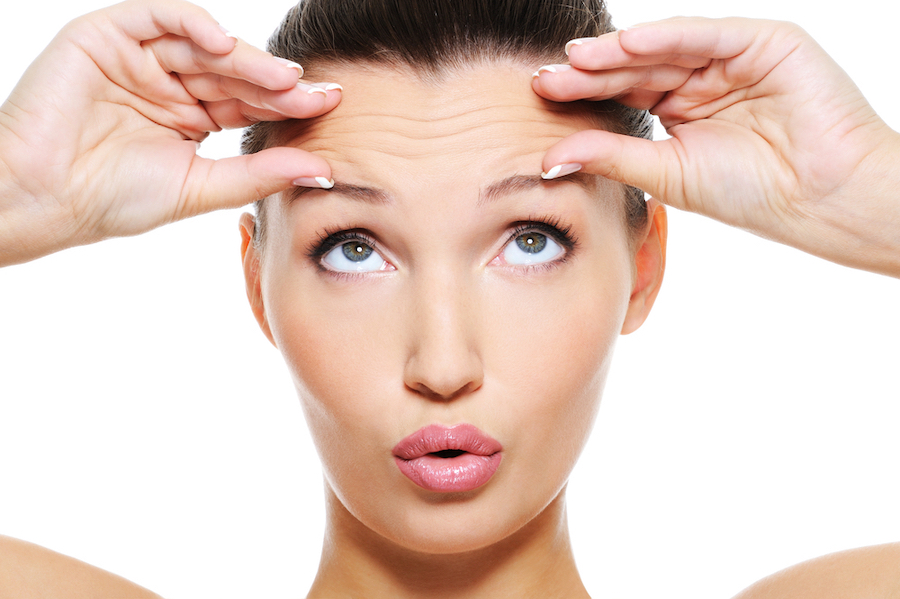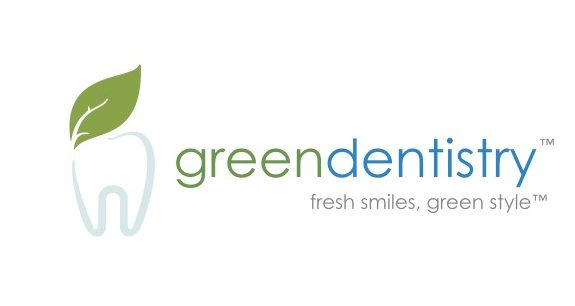Sun damage is one of the primary causes of visible aging, and UV exposure from years ago can come back to haunt you—even if you’re diligent about protecting your skin now. Dermatologist Dr. Jennifer Ahdout of The Roxbury Institute in Beverly Hills explains the main symptoms of sun damage and how to restore a healthier, youthful-looking complexion.
I always explain to patients that the skin acts like a savings account, and its “balance” of sun exposure grows with time. Roughly 80% of sun damage occurs before the age of 18, and most men and women commit to practicing safe sun long after that. This means that signs of sun damage—such as age spots, fine lines, wrinkles and broken blood vessels—have often been decades in the making.
UVA rays (or “aging” rays) penetrate deep into the dermis, the skin’s lower layer where collagen and other supportive proteins reside. In young skin, these proteins form a scaffolding of sorts that keeps the skin smooth and plump. Sun exposure breaks down this support structure over time, causing the skin to appear deflated, similar to a balloon that loses its air. At the same time, UV rays stimulate the skin’s pigment-producing cells, which leads to uneven skin tone and discoloration in the form of age spots and melasma.
I see patients with sun damage daily in my office, and when I explain the causes of their aesthetic concerns many immediately say, “I use sunscreen!” My response is always, “But do you reapply it?” Sadly, a majority of patients don’t realize that most sunscreens are only effective for two hours—or only 40 to 80 minutes while in the water or sweating. Daily sunscreen use is essential, but reapplication has to become part of your lifestyle. I understand this is easier said than done, especially for women who wear makeup. I recommend Colorescience’s Sunforgettable Brush-On Sunscreen SPF 50 for touch-ups throughout the day because it’s available in four shades and offers water-resistant broad-spectrum protection. You can also leave it in your car without worrying that it’s going to lose its effectiveness with exposure to prolonged heat (and it’s perfect for squirmy kids!).

Topical treatments are key for improving the appearance of sun damage. Over-the-counter ingredients to look for include 2% hydroquinone and kojic acid to target unwanted pigment and retinol to increase cell turnover (which also promotes the shedding of discolored cells). For patients who want a stronger treatment, I prescribe a specially-compounded blend of up to 8% hydroquinone, Retin-A and a mild steroid. I also advise all patients to use a daily antioxidant serum such as SkinCeuticals C E Ferulic, which acts as a supplement to sunscreen that shields the skin from environmental damage.

There are also a variety of in-office procedures that can help improve the appearance of sun damage, such as Clear + Brilliant, Fraxel, the excel V laser, and microneedling with platelet-rich plasma (PRP)—however the ideal treatment depends on the type and severity of sun damage.
For isolated sun spots, a combination of lightening cream and Clear + Brilliant or Fraxel is extremely effective for improving discoloration. Lightening topicals and Clear + Brilliant is a better combination for patients with melasma since this skin condition can be triggered by the heat created by stronger lasers like Fraxel. Unfortunately, creams and lotions don’t work for redness caused by broken blood vessels, but the excel V laser provides significant improvement. To smooth fine lines and wrinkles, I recommend Retin-A and Neocutis Bio-Cream with growth factors along with Fraxel or microneedling with PRP.

To maintain the improvement achieved with these products and treatments, it’s essential for patients to commit to a high-quality anti-aging skincare regimen that includes sunscreen every morning (and reapplying throughout the day). My favorite is Epionce’s Daily Shield Tinted SPF 50 because it helps even out skin tone and works well under makeup.

The most important thing to remember about sun damage is that it’s a lot easier to prevent than reverse. It’s never too early to start protecting your skin, and thinking of sunscreen application as a daily necessity like brushing your teeth is the perfect place to start.





















